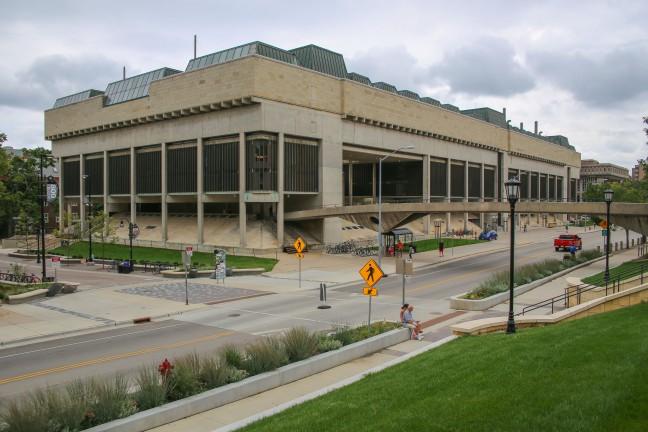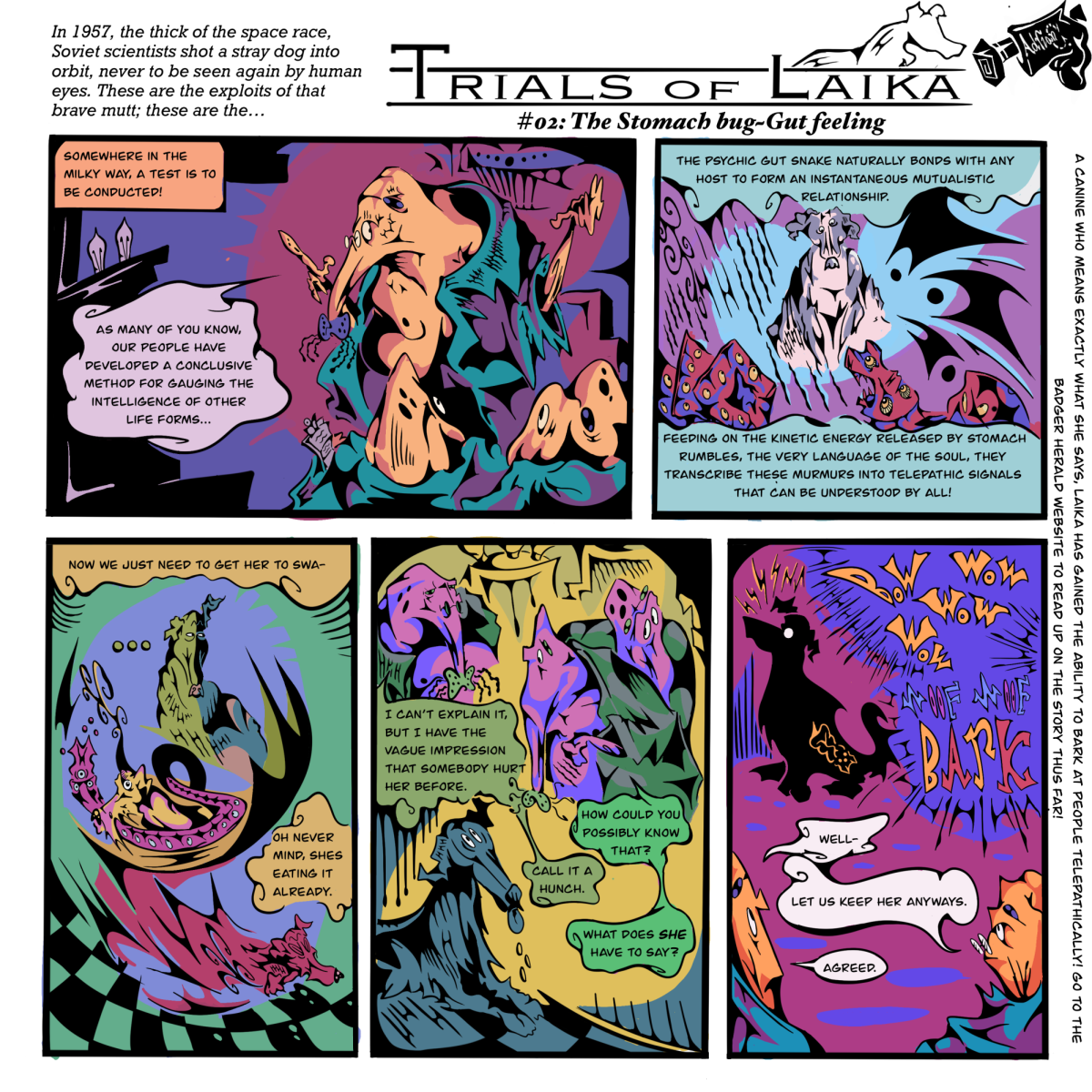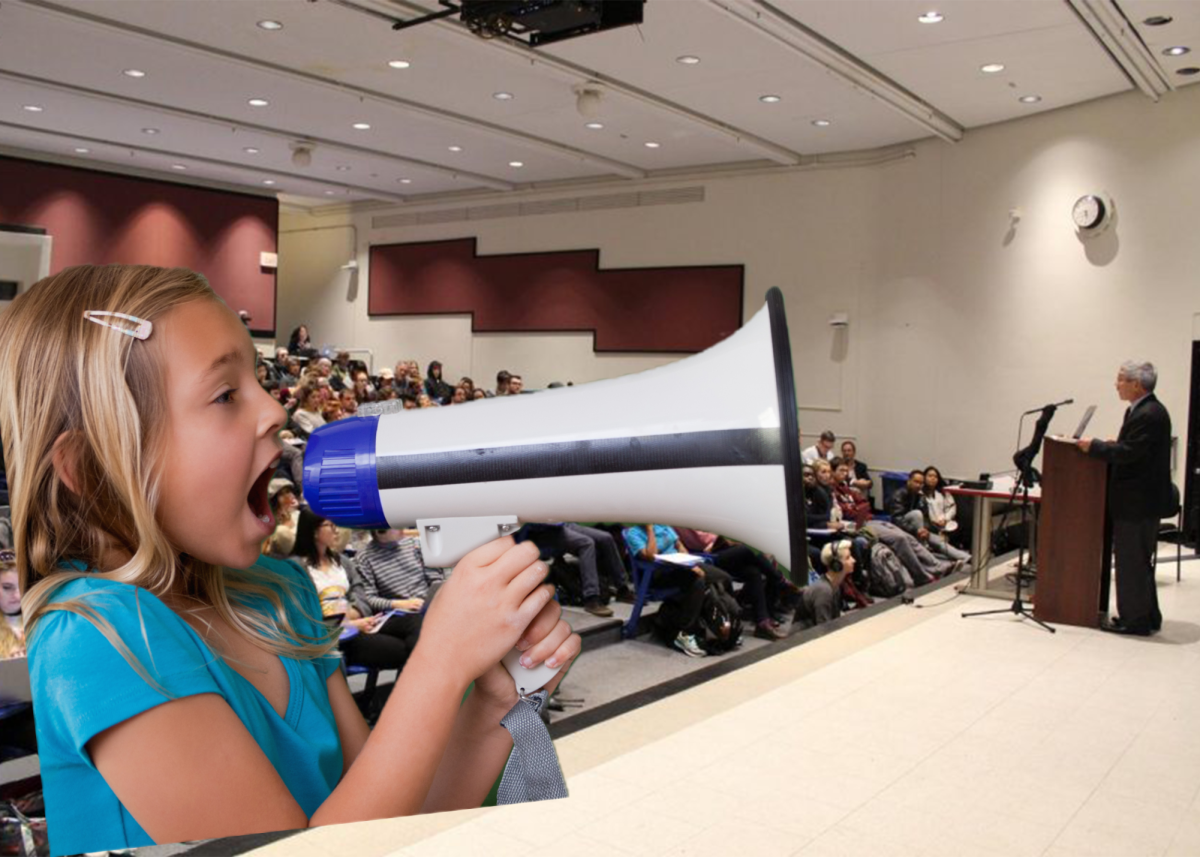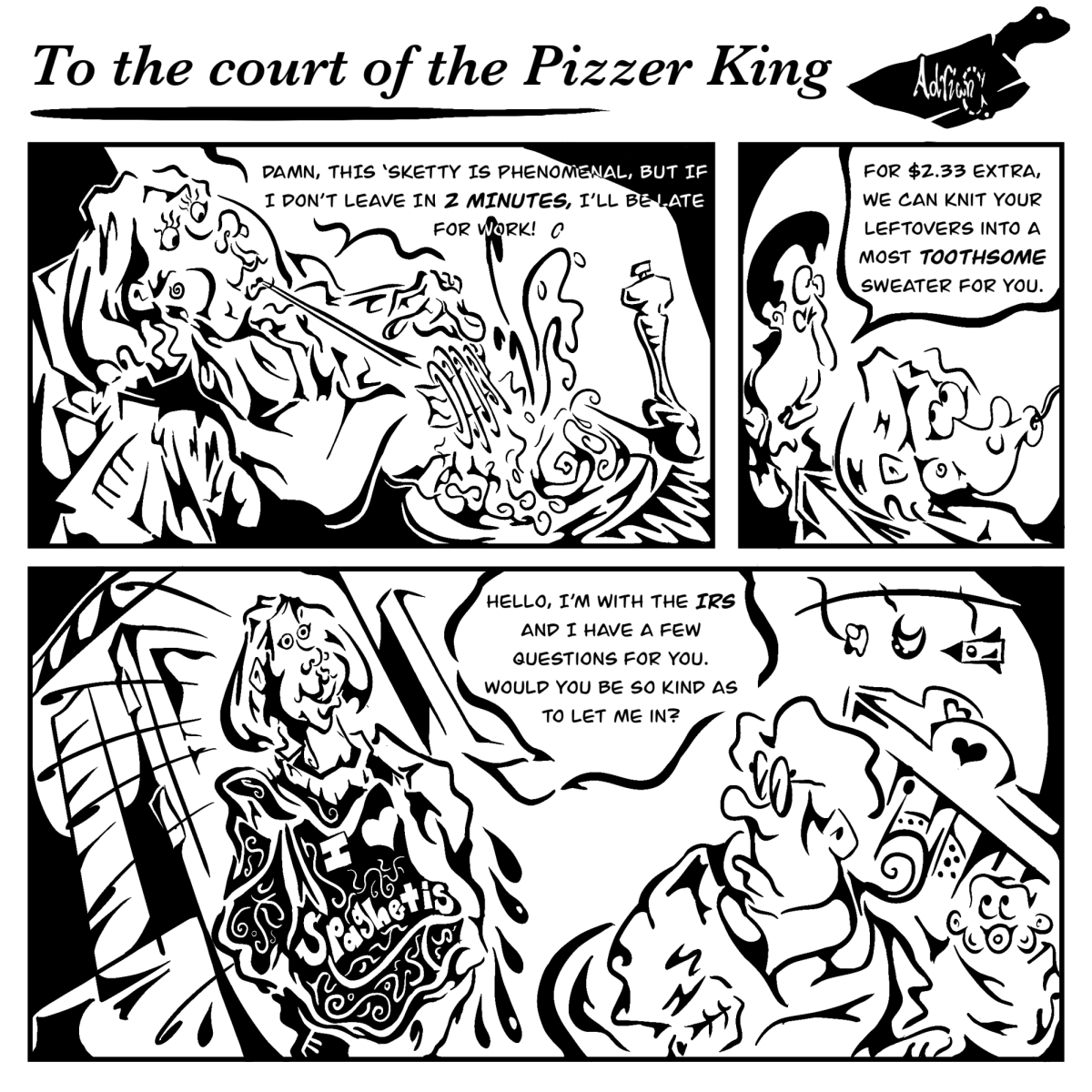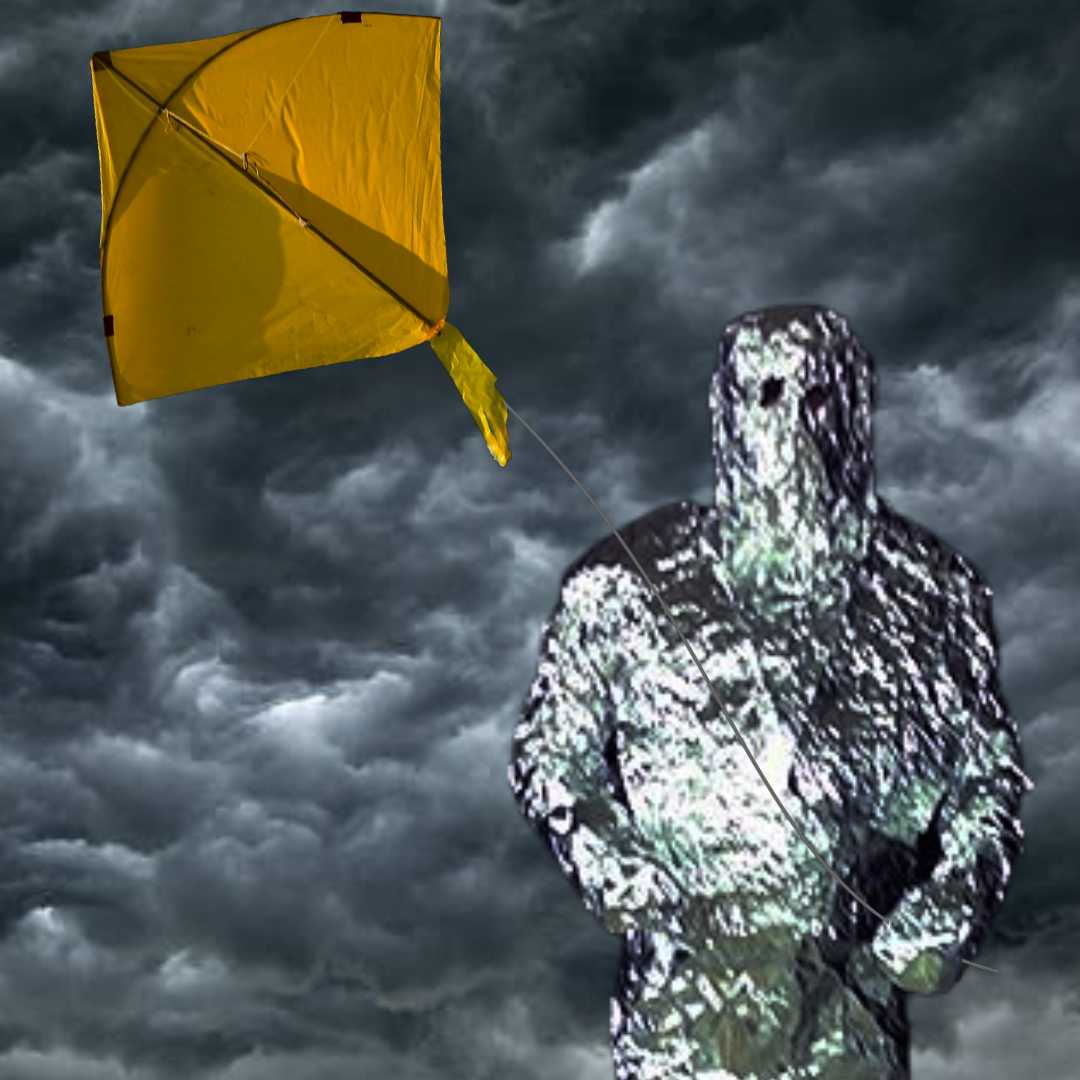If you’re like most Badgers, the words “George L. Mosse Humanities Building” likely don’t inspire immediate joy in your heart.
The concrete colossus frequently falls under fire for its aesthetic and interior inaccessibility, and understandably so. The severe cement facade strikes many as overly imposing, looking less like a hub of arts and history and more like a munitions plant from some bleak dystopian fiction. The interior can be equally off-putting for new visitors, who often critique the layout of corridors, rooms, and stairwells as segmented and counterintuitive.
The Humanities building was originally designed in the 1960s by American architect Harry Weese, the same man who was responsible for designing Washington, D.C.’s iconic metro stations. Many now consider it to be a representative example of the Brutalist architectural movement, a design trend that the Humanities building best exemplifies through its minimalist geometric patterns, large scale and heavy reliance on concrete. Architects and passersby alike often criticize the building for appearing uninviting and visually oppressive, but this isn’t to say that Humanities lacks supporters — notable among them is UW alumnus and fashion designer Virgil Abloh.
Students’ largely negative response to the polarizing nature of this Brutalist behemoth has stemmed a number of rumors about the structure, perhaps to explain the dissatisfactions with its seemingly illogical design elements. Gary A. Brown, Director of Campus Planning & Landscape Architecture at University of Wisconsin, is very familiar with these speculations. He’s heard that “the building was built backwards, that the architect killed himself after it was done and that sunlight breaks into a multiple rainbow of colors when it hits the interior courtyard windows on certain days of the year.”
But the most prevalent among these rumors is the notion that the building is “riot proof.”
According to this story, the architect designed the entire structure to prevent students involved in violent protests from congregating. The structure would both impede rioter movement within the building and facilitate law enforcement entrance in the case of a siege.
It’s somewhat easy to imagine — the labyrinthian, narrow hallways might prevent the mass movement of a large group of demonstrators throughout the building, and one could envision police easily scaling the inward-slanting exterior walls.
Brown speculates that Humanities’ status as “riot proof” may be due to the building’s origins during a time of notable student unrest. Construction on the project began in 1966 and was completed in 1969, at the height of Vietnam War protests taking place on college campuses across the nation. It’s possible that some students assumed the university purposely constructed this new, imposing structure as a deterrent for future demonstrations.

Photo courtesy of the Wisconsin Historical Society
Despite the prevalence of these tall tales surrounding the George L. Mosse Humanities building, Brown said that these rumors are “all very much urban legend.” The restrictive properties of this striking mass of repressive concrete are purely coincidental, stemming from Brutalist design principles rather than a desire to contain and control UW’s student body.
Next time you find yourself passing through Humanities, take a moment to try and view it through the eyes of the architect. Maybe it’s not a dominating concrete monolith or a maddening maze of stretched hallways and elusive stairwells. Maybe it’s just misunderstood.


